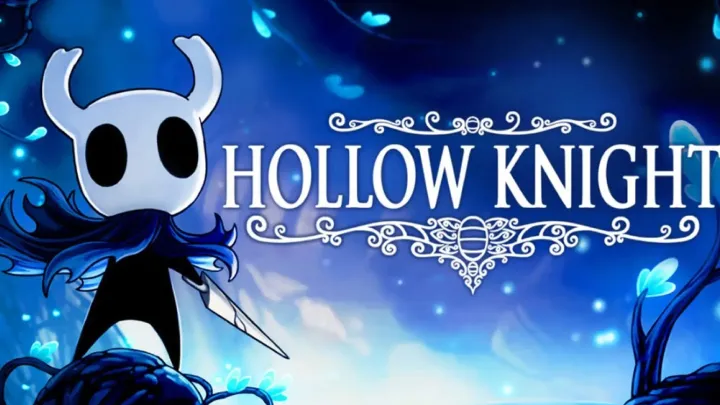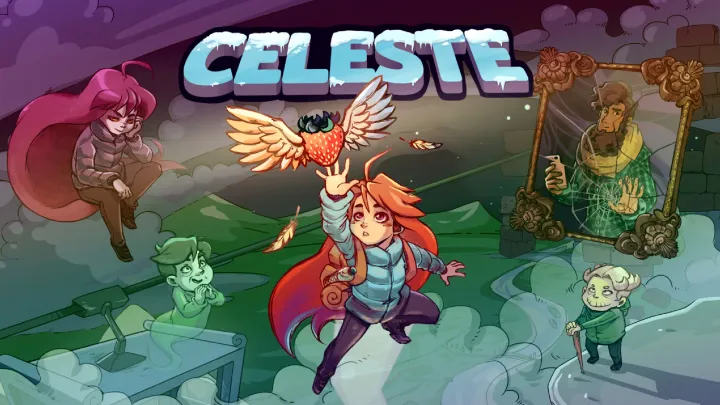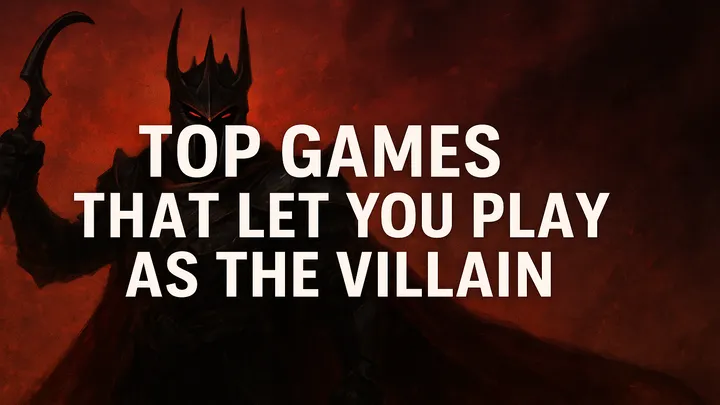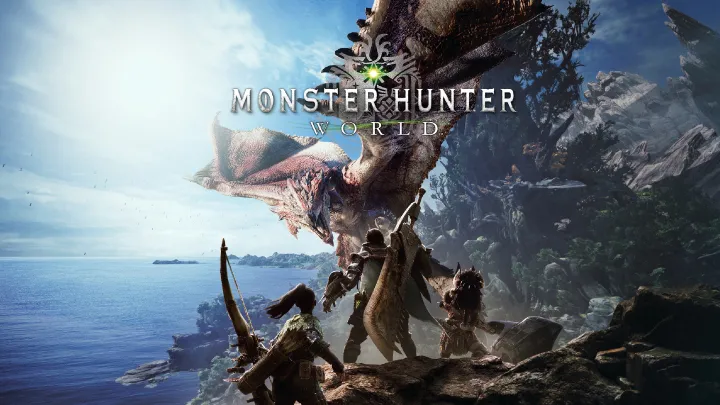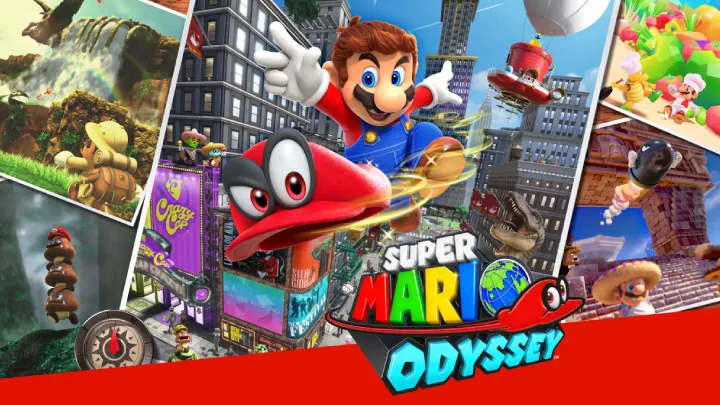Among Us became a global sensation by turning simple mechanics into an intense social experiment. At first glance, it looks playful with its cartoonish astronauts fixing tasks on a spaceship. But beneath its colorful surface lies a psychological battlefield where trust, suspicion, and deception define every match. The game is less about technical skill and more about how well players can manipulate, observe, and survive in a sea of uncertainty.

The Core Mechanic of Hidden Roles
The beauty of Among Us lies in its hidden identity system. Most players are Crewmates, tasked with completing objectives, while a small number are Impostors, secretly working to sabotage and eliminate the crew. Because roles are hidden, suspicion permeates every action. Did someone really go to fix the lights, or are they lying? This constant doubt fuels the tension that makes each game so addictive.
The Role of Communication
Discussion meetings are the heart of Among Us. Players must explain their actions, point fingers, or defend themselves from accusations. This creates a meta-game where words often matter more than deeds. Skilled liars can twist narratives, while observant Crewmates must piece together truth from chaos. Voice chat or text discussion transforms each round into a test of persuasion and logic.
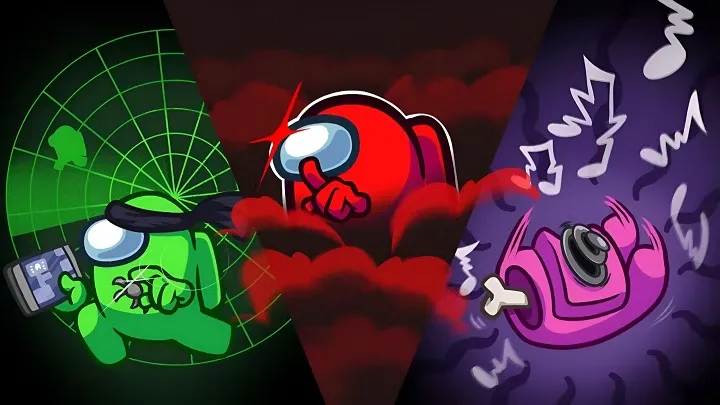
Suspicion and Team Cohesion
Just like in Secret Neighbor, suspicion can break team unity. Innocent players are sometimes ejected because of poor communication, while impostors thrive in confusion. This unpredictability makes cooperation fragile. Every decision to trust or accuse shapes the outcome, ensuring that no two matches ever feel the same.
The Psychology of Deception
For Impostors, the challenge is acting natural while secretly plotting destruction. The mental balancing act of pretending to be helpful while waiting for the right moment to strike creates enormous psychological tension. For Crewmates, the fear of betrayal from trusted allies creates paranoia. This psychological drama is what elevates Among Us beyond a simple party game.
Short, Fast-Paced Matches
One reason Among Us gained massive popularity is its short match structure. Games rarely last more than 10–15 minutes, keeping the pace quick and accessible. Even when eliminated early, players often enjoy watching the rest of the round unfold, waiting to see if their suspicions were correct. This fast pace keeps the game fun and replayable for long sessions.
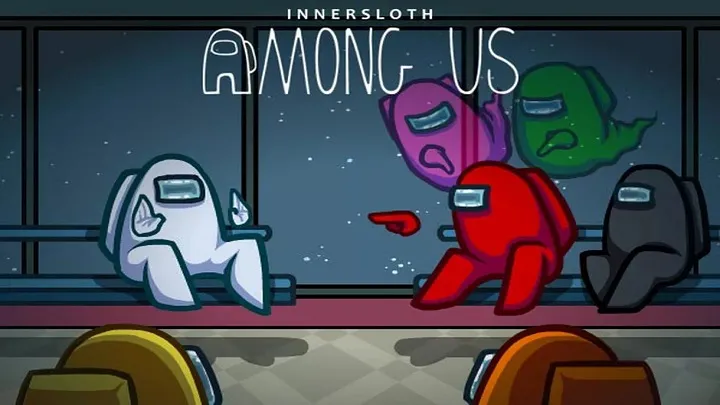
Cultural Impact and Community
Among Us exploded in popularity during 2020, becoming not just a game but a cultural phenomenon. Streamers and content creators turned it into entertainment for millions, while memes and jokes spread across social media. Its accessible design allowed both casual and hardcore players to join in, proving that simple mechanics combined with strong social interaction can create a lasting impact.
Pros and Cons
Pros:
- Easy to learn, accessible to all ages
- Intense social interaction and psychological gameplay
- Highly replayable with different groups
- Short match length ideal for casual play
Cons:
- Gameplay depth can feel repetitive over time
- Requires active communication; less fun with silent groups
- Success often depends on social dynamics, not pure skill
Conclusion
Among Us thrives on one of the most fragile elements in human interaction: trust. Every match is a reminder that cooperation and suspicion walk hand in hand. Whether you are carefully completing tasks as a Crewmate or weaving lies as an Impostor, the game challenges not just your strategy but also your ability to read and manipulate people. In the end, Among Us proves that sometimes the scariest monster is not an alien—it is the doubt in your friends.











